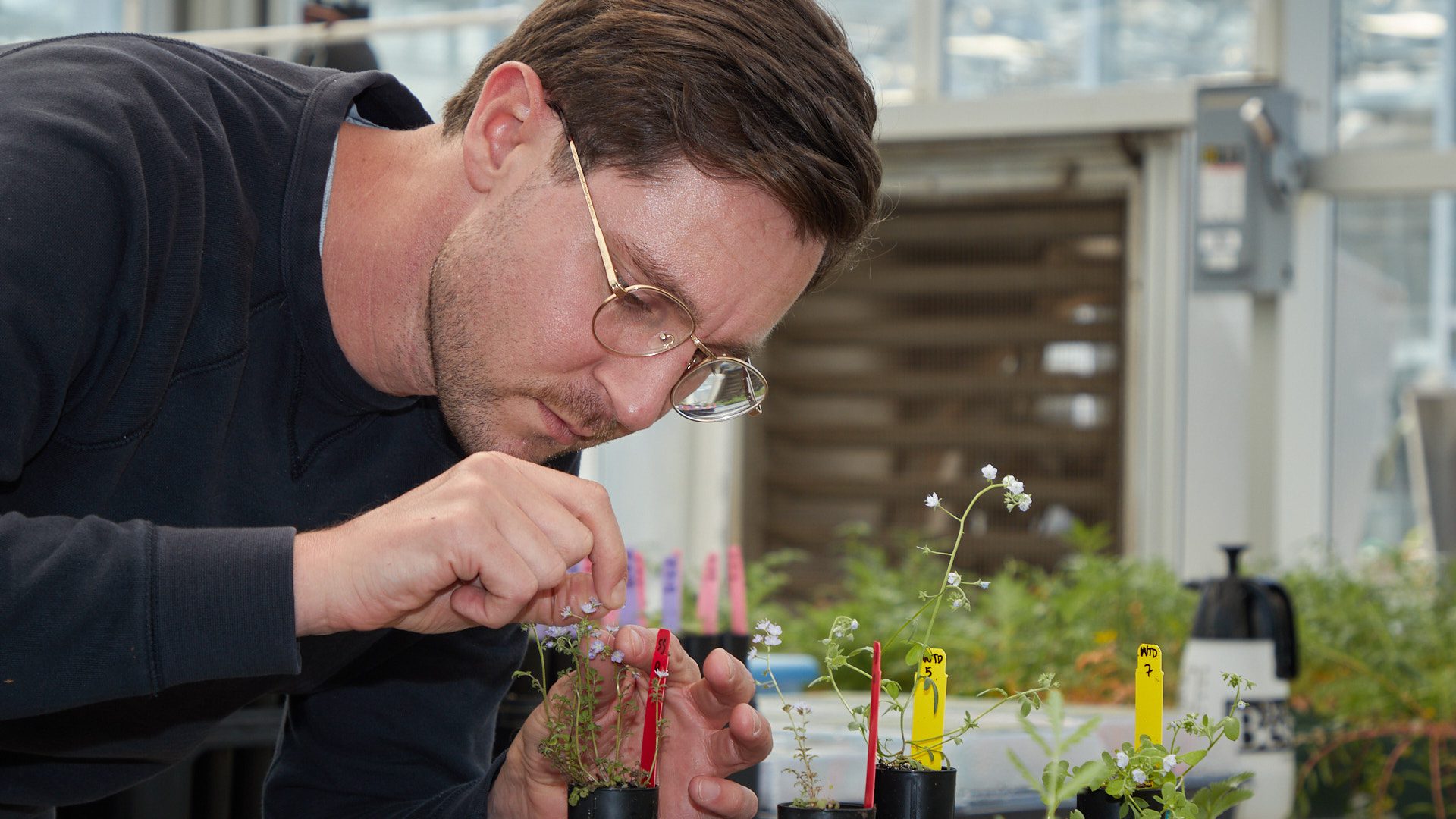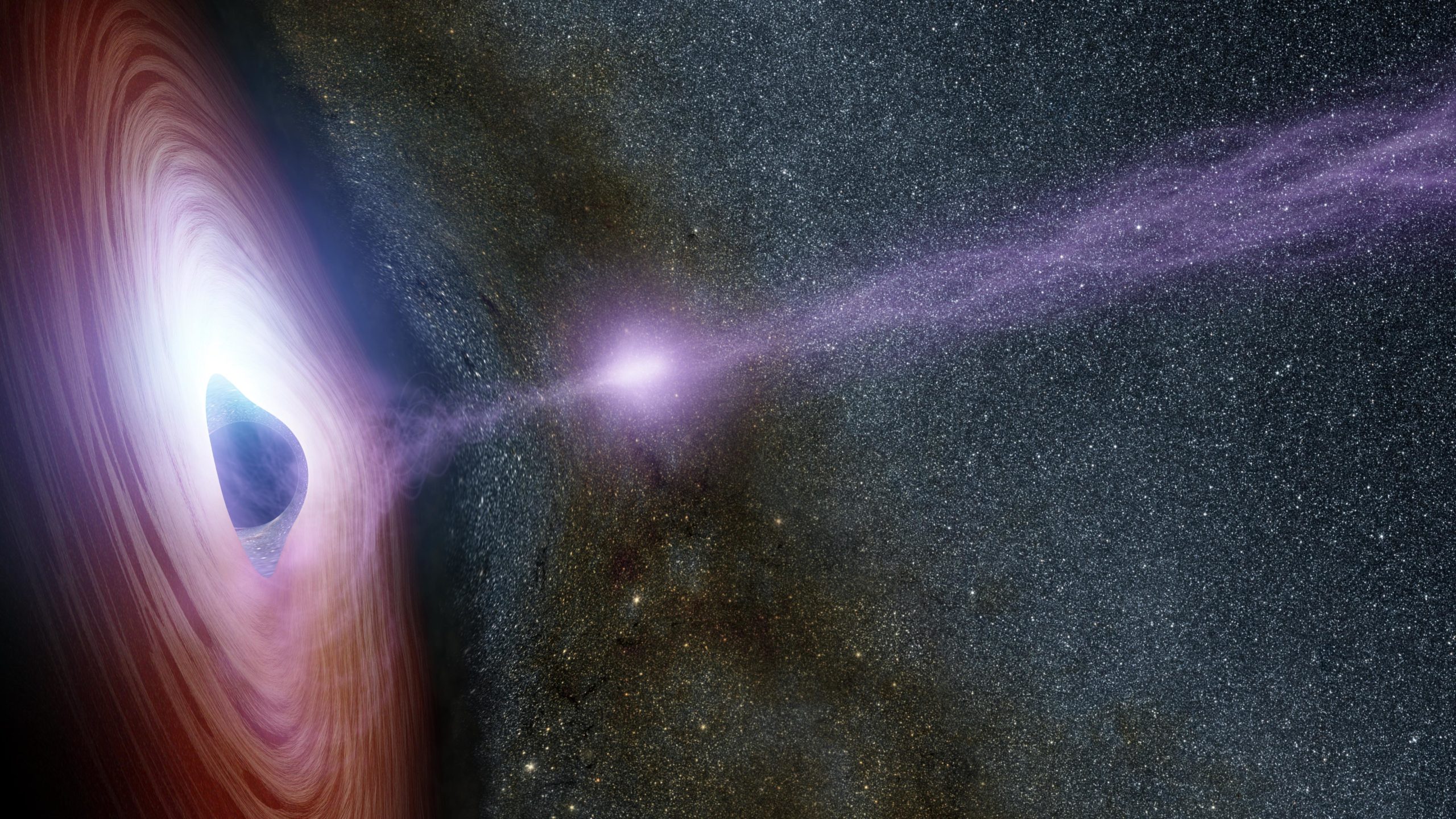Flower colors vary, and some of that diversity is explained by color preference of different pollinator groups. But in some plant species, flower color differs between populations even though the pollinators are the same.
Clemson biologist Matthew Koski has received a $1.04 million National Science Foundation Early Faculty Career Development Award to assess whether and how flower color evolves without major shifts in dominant pollinators.
When you go on a hike or walk into a garden, one of the first things you’ll notice is the diversity of color in different species of flowers or even different plants of the same species.
“One thought as to how and why flower traits like color have diverged so much is that they are adapted to different pollinator types, such as bee versus hummingbird. Those different pollinators have different visual preferences for color, different olfactory systems and different body shapes,” said Koski, an assistant professor in the Department of Biological Sciences. “They have to be able to access the floral reward, to find the flower using these cues.”
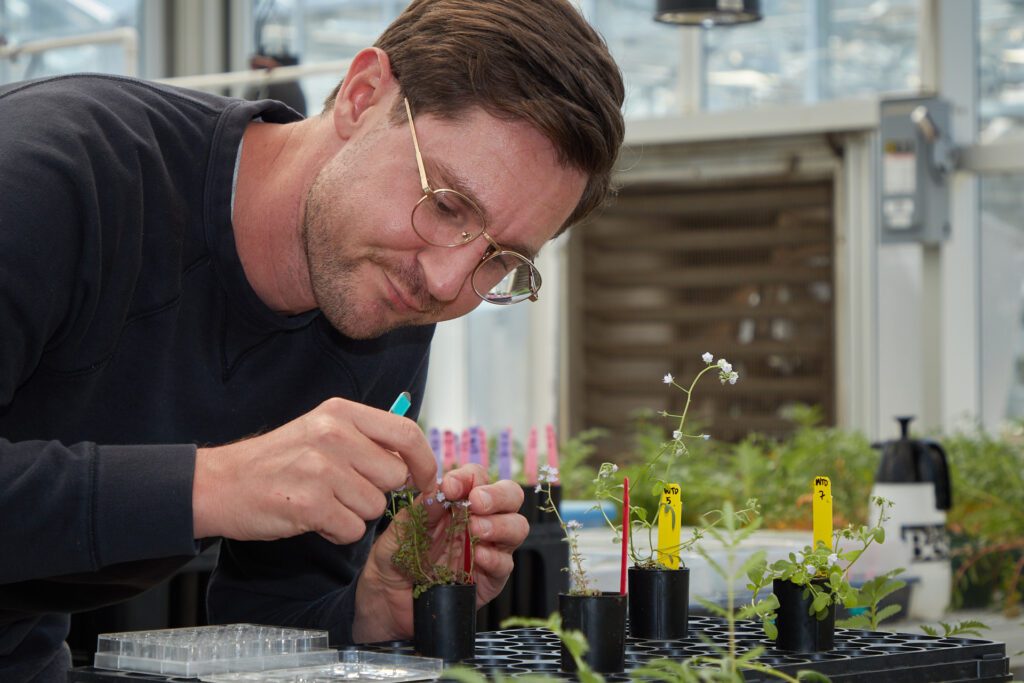
Koski’s CAREER grant project will look at flower color diversification from a novel angle — how the visual context in which the pollinator is viewing the flower affects the flower’s color. Koski and his students will focus on Phacelia dubia, a bee-pollinated annual native to the eastern United States that is found in different habitats such as granite rock outcrops and grassy roadside meadows that differ starkly in background color. Appalachian phacelia populations that live on an outcrop tend to have darker purple flowers, while those in roadside meadows have white flowers.
“One way that color differences could evolve without pollinator shifts is if populations differ in habitat conditions that affect the perception of color by pollinators,” he said. For instance, if a plant lives on a granite rock outcrop, a white flower will blend into the surroundings more than a purple flower.
Koski said, “The question is, does flower color at the population level evolve to be more conspicuous against the local background?”
This second hypothesis is called sensory drive, something that has been mostly studied in animal systems where males are trying to attract female mates.
“For example, it wouldn’t be great for a male bird in the canopy of a forest to be green. You have to do something to stand out,” Koski said. “We think it’s important for a flower to be very apparent to a pollinator, to stand out rather than be camouflaged.”
Koski believes the sensory environment will be important in driving the color diversification.
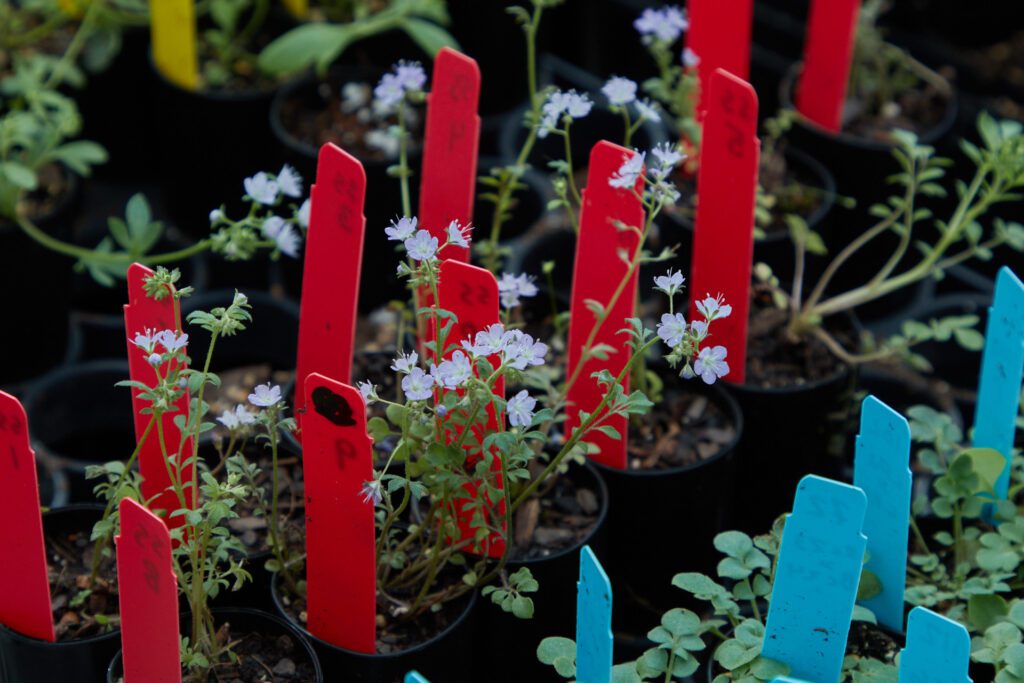
There is a third possibility, too. Differences in environmental factors such as water availability could also drive color divergence without pollinator shifts.
“Are granite rock outcrops 10 times hotter during flowering than a roadside meadow? Because the compounds that give rise to flower color are important for protecting plants from abiotic stress, has the flower color evolved in response to the stress of the abiotic environment like temperature, moisture and solar radiation?” Koski said.
He and his students will conduct observations and experiments in 12 natural populations to evaluate the contributions of pollinator shifts, sensory drive and abiotic differences to changes in flower color. In addition, they’ll conduct a four-generation experimental evolution study to evaluate whether the background color spurs rapid flower evolution. The project will also employ growth chamber experiments and long-term data collection in natural populations to assess the role of environmental variables on flower color.
In the four-generation study, Koski and his team will set up gardens of Phacelia dubia in the Clemson Experimental Forest. Some sites will have gray landscape cloth while others will have green landscape cloth to simulate rock outcrops and roadside meadows. They also set a garden up this spring in the South Carolina Botanical Garden.
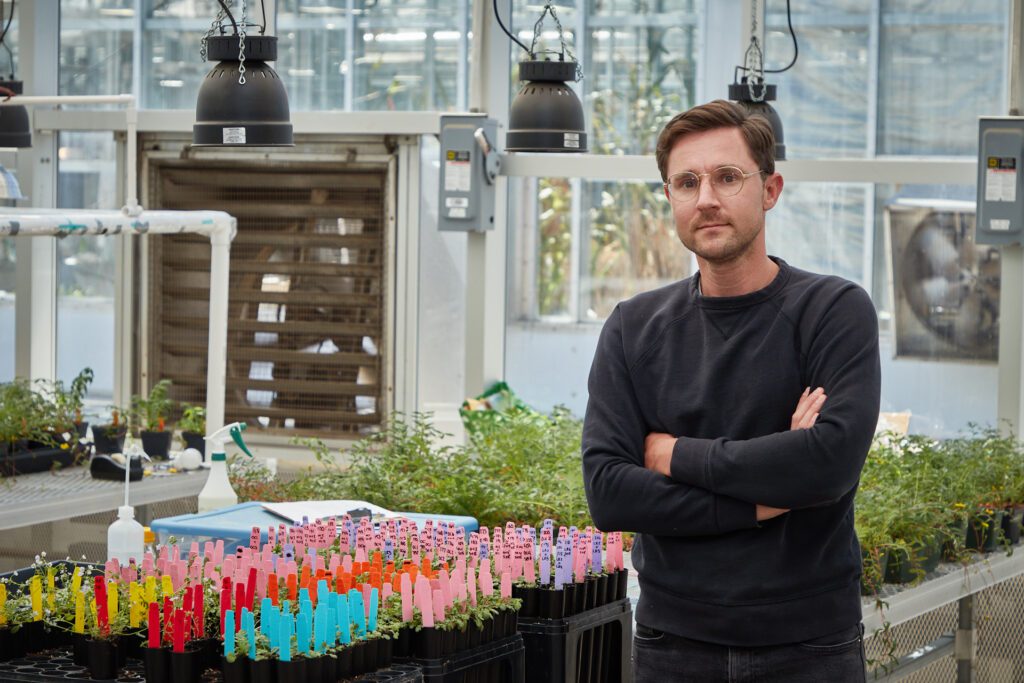
NSF CAREER grants must have an educational component. Koski’s project involves Clemson undergraduate students, 4-H junior naturalists and members of native plant societies across the eastern United States.
“We’re going to partner with native plant societies and folks who go out and botanize on the regular. We’ll provide them with color checker cards that they can use when they are out photographing focal species, not only Phacelia dubia, but a number of other species to expand our hypothesis,” he said. “Our undergraduate researchers will extract quantitative color data. That will allow us to expand our geographic and taxonomic scope of the project into new species and new areas.”
Koski said his research will increase understanding of how flowers evolve to attract pollinators. In addition, it could help scientists predict how floral signals may change as climate change affects the timing and location of flowering.
“Dr. Koski’s NSF CAREER award is a testament to his innovative research examining the causes for divergence in floral color and creative plans to integrate outreach and education with his research. I’m particularly excited about his ongoing work that engages his Creative Inquiry team of undergraduates and their outreach with 10-13 year-old students through the Junior 4-H Naturalist Program at the South Carolina Botanical Gardens,” said Saara DeWalt, chair of the Department of Biological Sciences.
The College of Science pursues excellence in scientific discovery, learning and engagement that is both locally relevant and globally impactful. The life, physical and mathematical sciences converge to tackle some of tomorrow’s scientific challenges, and our faculty are preparing the next generation of leading scientists. The College of Science offers high-impact transformational experiences such as research, internships and study abroad to help prepare our graduates for top industries, graduate programs and health professions. clemson.edu/science

